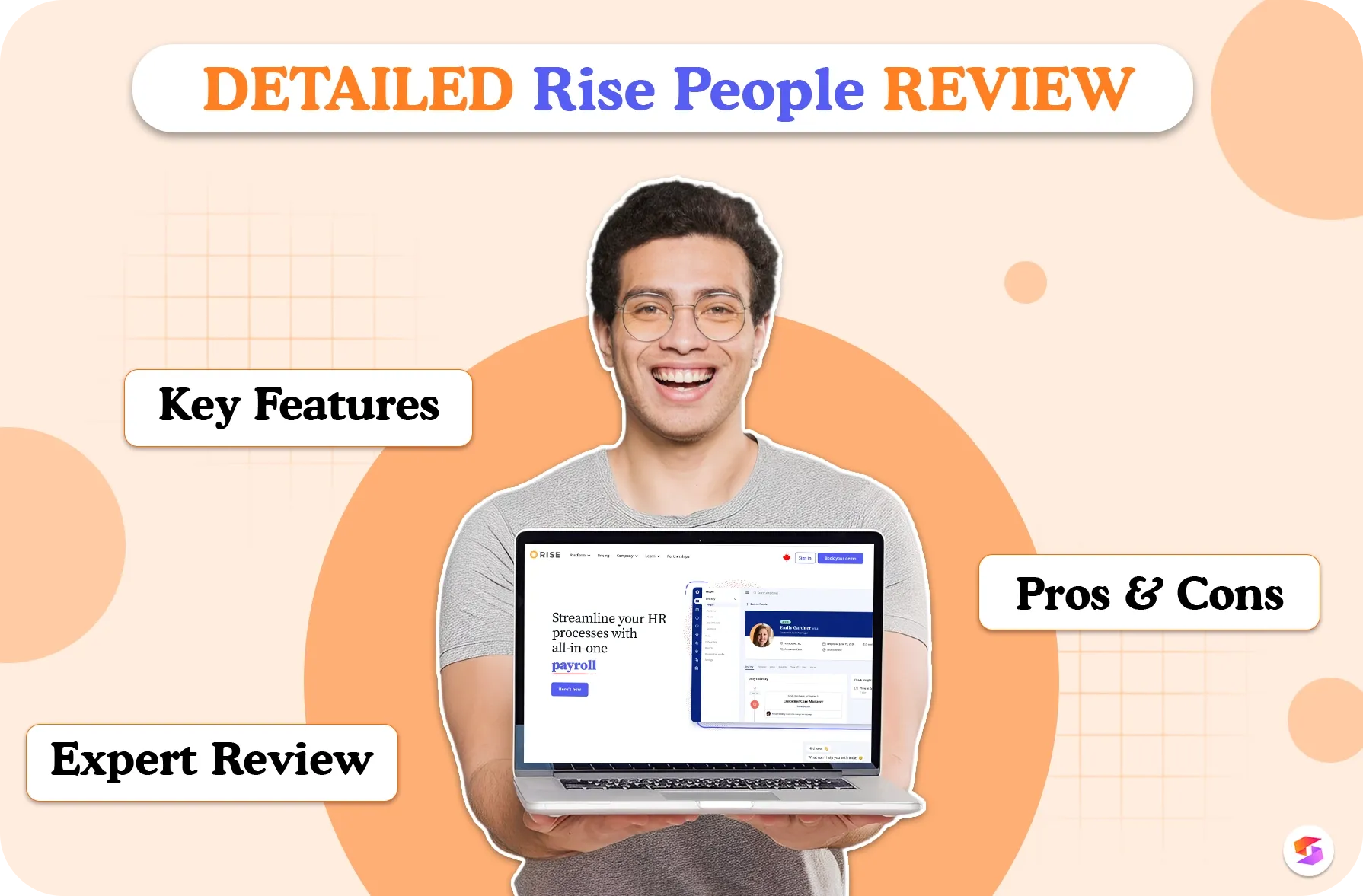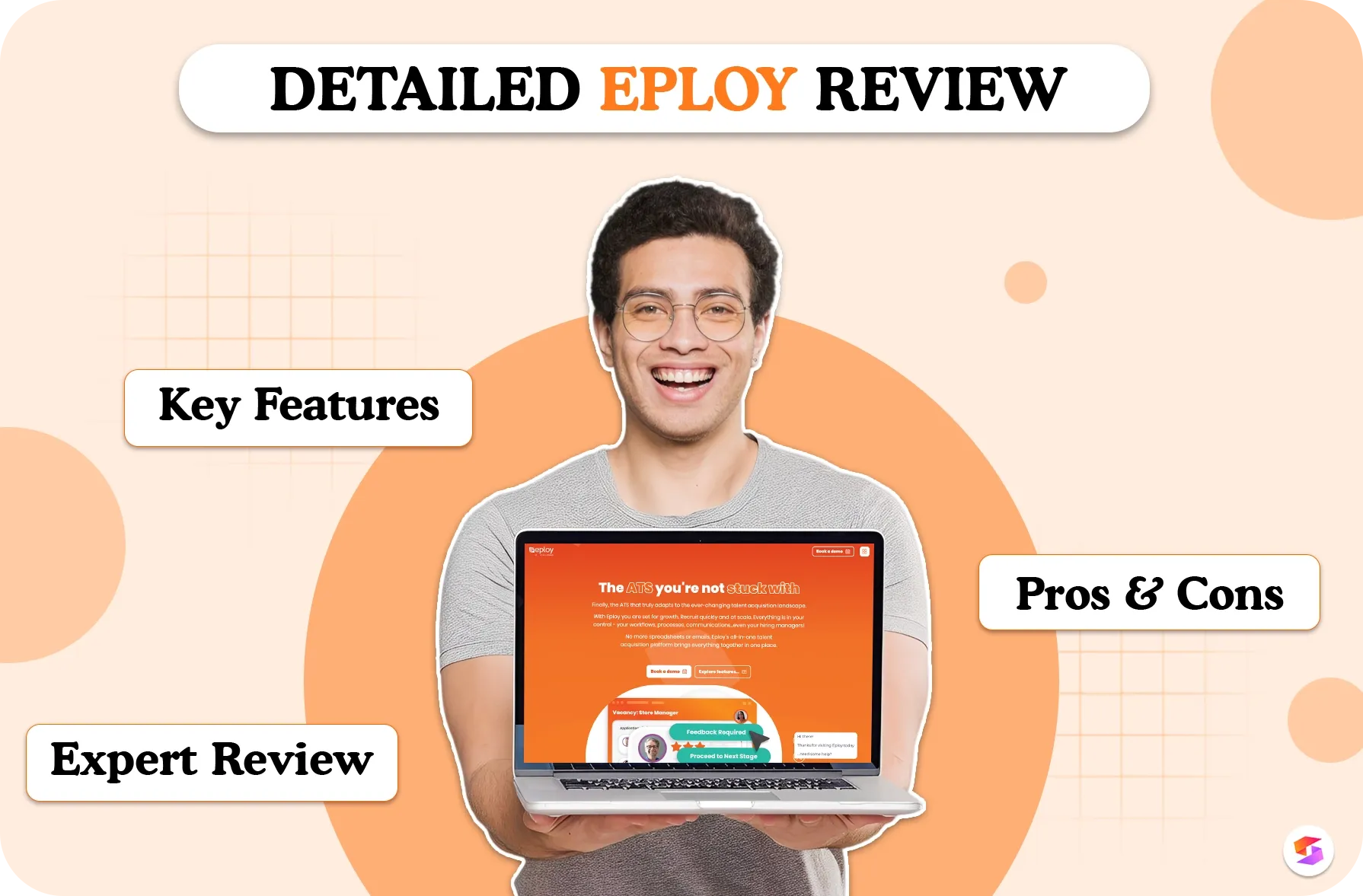“We don't need to be good. But let's try to be fair.”- Holly Black, The Cruel Prince.
In a fair world, hiring should solemnly be based on a candidate's skills, experiences and expertise to perform the job role. However, intended or not, the hiring process sometimes nudges towards a little bias, maybe the name, the ethnicity or that picture on the CV, there could be one to many reason why some resumes are rejected after only a glance at the personal detail section. Blind hiring and resume screening is an answer to this problem.
Hiring bias can do more harm than good for companies. Imagine losing to a top-tier candidate only because of their sexual orientation. That’s quite an issue, isn’t it. Seeking a solution for this redundant problem, companies like Deloitte and HSBC have already begun employing CV screening and candidate matching tools that categorises candidates based on their aptitude to function in the job role, as opposed to, aspects that may create a bias. With this blog, let’s throw some light on the importance of blind hiring in the very initial stage of resume screening to remove further bias from the process.
Understanding Blind hiring
Blind hiring or blind recruiting are not just buzzwords; they are an absolute necessity in the hiring domain, designed to level the playing field and ensure that job seekers are evaluated solely on their merits. So, what exactly is it, and why should it be on your radar as a recruiter? Let's dive in and discover the exciting world of unbiased recruiting practices.
Removing Candidate-Identifying Information
Let’s start with an example: a resume without names, photos, or any other information that could trigger unconscious biases. That's the heart of blind hiring at the most critical stage of the recruiting process - resume screening. By scrubbing personal identifiers, we allow grounds for a fair hiring process where each candidate has an equal opportunity to work at the organisation, while you, the recruiter, has an optimised chance of hiring the top and most qualified talents.
Shining the Spotlight on Qualifications and Skills
Blind hiring is all about putting qualifications and skills front and centre. No more distractions, no more unfair advantages – just a focus on what matters most. Can the candidate do the job? That's the key question.
Breaking Down the Barriers
Blind hiring is the antithesis of traditional hiring methods. It's a paradigm shift from subjective judgments to objective evaluations. In the world of blind candidate screening, everyone starts on a level playing field, and candidates are assessed solely based on their abilities.
The Grand Goals and Glorious Benefits
Embracing a blind recruitment software comes with a set of goals and benefits that can transform your hiring process.
Erasing Unconscious Bias: The removal of personal information drastically reduces unconscious bias, creating a fair and just environment for all candidates.
Embracing Diversity and Inclusion: Blind screening is a champion of diversity, offering everyone an equal opportunity to showcase their talents, irrespective of their background.
Elevating Hiring Quality: With a focus on qualifications and skills, hiring quality soars. You'll find the right candidates who are best suited for the job, and your organisation will reap the rewards.
A recruiting atmosphere where fairness and merit should reign supreme, blind resume screening is your ace in the hole. It's a tool for organizations dedicated to a hiring process that values qualifications over anything else. By making this shift, you're not only promoting diversity and inclusivity, but you're also setting your company up for a brighter, more promising future.
5 Most Common Types of Recruitment Biases

Hiring biases are like stealthy intruders that sneak into your recruitment strategy right from the resume sorting process, often without you even realising it. To create a more inclusive and fair recruitment process, it's essential to be aware of these biases, as a recruiter or a candidate. Let's dive into the five most common recruiting biases that can shake up your hiring decisions.
Confirmation Bias - The Comfort Zone Trap
Imagine being so comfortable with your hiring preferences that you only see what you want to see. That's confirmation bias for you. It's like you're wearing bias-tinted glasses that filter out everything but what confirms your initial beliefs. This bias can lead to overlooking some truly exceptional candidates who don't fit the mould you're used to.
The Halo Effect - The Shiny Candidate Syndrome
Ever met a candidate who just exudes positivity? The halo effect occurs when that initial charm convinces you that this candidate must be the full package. It's like falling for the shiny object without realising there might be hidden flaws. This bias can result in favouring candidates based on first impressions rather than their actual qualifications.
Affinity Bias - Birds of a Feather Flock Together
Affinity bias is like a magnet that pulls you towards candidates who remind you of yourself or share your interests. It's great for making friends but not so much for promoting diversity. This bias can unintentionally disadvantage candidates from different backgrounds.
Contrast Effect - The Danger of Comparison
Have you ever compared candidates during the recruitment process? The contrast effect occurs when your judgement is influenced by how one candidate measures up against another. It's like a seesaw where candidates rise or fall based on the order they're evaluated, rather than their inherent qualifications.
Anchoring Bias - The Sticky First Impression
Imagine your opinion of a candidate getting stuck like glue to the first piece of information you encounter. That's anchoring bias. If that initial nugget of information is negative, it can overshadow the candidate's true potential. On the flip side, a positive start can make you overlook potential shortcomings.
Implementing Blind Hiring in Candidate Screening
Implementing blind hiring in resume screening is a powerful way to revolutionise your hiring process, ensuring that candidates are evaluated based on their skills and qualifications rather than extraneous factors. Let’s lay them out into step-by-step instructions, best practices, and tips to seamlessly integrate blind resume screening into your recruitment strategy.
Step-by-Step Instructions for Implementing Blind Resume Screening
- Choose a Blind Screening Tool: Start by selecting a reliable blind screening tool like SKIMA (skills and knowledge-based ai recruitment tool) to automate the process. SKIMA employs artificial intelligence and machine learning to arrange your candidate database in a manner that prioritises candidates based on their relevance to the job requisite. Further, it provides key candidate insights to recruiters.
- Redact Personal Information: If you opt for a manual approach, redact
candidate-identifying information such as names, addresses, and photographs from resumes before they reach your hiring team. - Create a Consistent Evaluation Framework: Develop a clear and objective evaluation framework that focuses on the specific qualifications and skills required for the job. Ensure that your team understands the criteria for assessing candidates.
- Train Your Hiring Team: Provide training to your hiring team on the principles of blind recruiting and the importance of eliminating bias from the evaluation process.
- Run a Pilot Test: Conduct a pilot test to ensure that the blind candidate screening process is working effectively and that your team is aligned with the new approach.
Best Practices for Assessing Candidates Without Bias
- Focus on Core Competencies: Emphasise the qualifications, skills, and experience directly relevant to the job. Avoid assessing candidates based on unrelated or personal factors.
- Use Skill-Based Assessments: Incorporate skill-based assessments or tests to evaluate a candidate's capabilities objectively.
- Multiple Reviewers: Have more than one reviewer assess each de-identified resume to reduce individual biases.
Structuring Job Interview Questions to Avoid Bias
- Use Structured Interviews: Create structured interview questions that are consistent for all candidates. These questions should focus on skills and qualifications related to the job.
- Avoid Personal Inquiries: Instruct interviewers to refrain from asking personal questions that could lead to bias or discrimination.
- Evaluate Responses Objectively: Train interviewers to assess candidates based on their responses to job-related questions and performance in skill assessments, rather than personal characteristics.
By implementing blind resume screening using tools and following these best practices, you can significantly reduce bias in your hiring process. This will lead to a more inclusive, diverse, and skilled workforce that contributes to the overall success of your organisation.
ALSO READ: 9 Talent Acquisition Trends for 2024 That Will Define the Future of Recruiting
End Note
Make unbiased hiring decisions. You might be able to figure out a way to tackle your conscious biases but what about the ones that go completely unnoticed? Adapt to a blind resume screening process with an AI driven candidate matching tool, train your team and slowly, you will see a positive change in your hiring processes.
FAQs
How to do blind resume screening?
To conduct blind resume screening, start by redacting candidate-identifying information like names and photos. Focus on qualifications, skills, and relevant experience. Use a blind screening tool or adopt a manual approach. Train your hiring team to evaluate candidates solely based on job-related criteria, ensuring a fair and unbiased assessment.
Which software to use for blind candidate screening?
There are several tools you can employ for blind candidate screening. Skima is one candidate matching tool that offers accurate and unbiased candidate information for enhanced candidate matching and screening.



